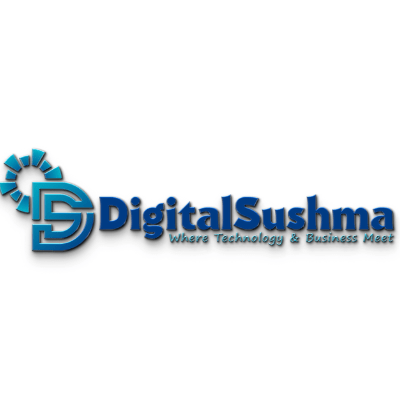Money is on everyone’s minds these days. This is especially the case with the economy where it is in the middle of 2022. As such, people in every stage of life are looking for more ways to save and more ways to make their money count. One of the first rules when it comes to saving is to start early on in life. Typically, the advice is that it doesn’t matter how much you’re putting away as long as you start early, it could be $5/month or it could be $500/month. If you start early on enough and you’re consistent about it, these little deposits add up.
Starting early-on is great advice, but not every young adult knows all the different ways that they can start saving in order to make for a financially secure life. Understanding the various avenues that can help you save money, and building a bit of financial literacy, can help you build healthy financial habits. It’s worth noting, too, that even if you don’t consider yourself a young adult anymore, it’s really never too late to get in the habit of making smart money moves.
Open a Savings Account
One of the easiest steps to take in starting your savings journey is simply opening a savings account. Most banks these days offer free savings accounts, especially to customers who already have other financial products with that same bank. For example, if you have a checking account with a financial institution, it’s likely free for you to open a savings account with that same institution.
Opening a savings account gives you a place to put money that is separated from your everyday spending money and the money you set aside for your bills and expenses. This can help you resist the urge to spend that money since it’s in a different pool. If you get into the habit of regularly putting money away in a savings account, you can even open secondary savings accounts that are for specific goals. Some common secondary saving goals that young adults have include; a new car, a wedding or engagement ring, and a downpayment on a house. Opening saving accounts can help you manage your various financial goals, and can even help you reach them faster.
Micro-Investing
Investing is another common strategy that is often recommended to young adults. This is especially because investing is a game of risk and reward. The younger you are, the more risk you can afford. However, not everyone is in a position to start buying loads of shares, and day trading certainly isn’t for everyone. However, there are ways to incorporate investing as a part of your financial strategy without investing a ton of time, or a ton of money. There are a variety of products on the market that help young consumers get their feet wet with financial investing, financial planning, and savings. Acorns, for instance, is a financial institution that helps consumers build their financial assets through something called spare-change-investing. The broader, more general term for this type of investing is micro-investing, as it deals with partial-shares and small volume ownership.
Spare-change investing is the process through which the spare-change on everyday purchases is invested, instead of left in your checking account. For instance, when buying a pack of gum at $1.25, the transaction would round up to $2.00 flat, and the $.075 would be deposited into your investment portfolio. There are other settings users can specify in order to customize their micro-investing experience, and features like one-time deposits or recurring scheduled deposits as well.
Micro-investing can be a good way to build a nest-egg of financial assets without really even thinking about it.
Make use of Benefits if you Have Them
While many people are either out of work entirely, have decided to go into business for themselves, or chose an early retirement package in the wake of the COVID-19 pandemic, plenty of individuals are still gainfully employed, full-time, through a normal job. If you’re a regular full-time employee, it’s likely that there are also benefits you can take advantage of.
Typically these include health insurance plans, but many benefit packages also come with retirement planning packages and financial savings packages. If your company offers to match your 401K, for example, you should absolutely take advantage of that offer in order to grow your assets that much faster.
Using Consumer-Friendly Banking Products
As much as we wish there was, there’s really no such thing as free money. There are smart programs that consumers can take advantage of though. From debit cards that offer micro-investing services to debit-cards that offer consumers a chance at a 100% reimbursement on everyday purchases, there are options to help anyone and everyone take better control of their finances.
Also Read:






